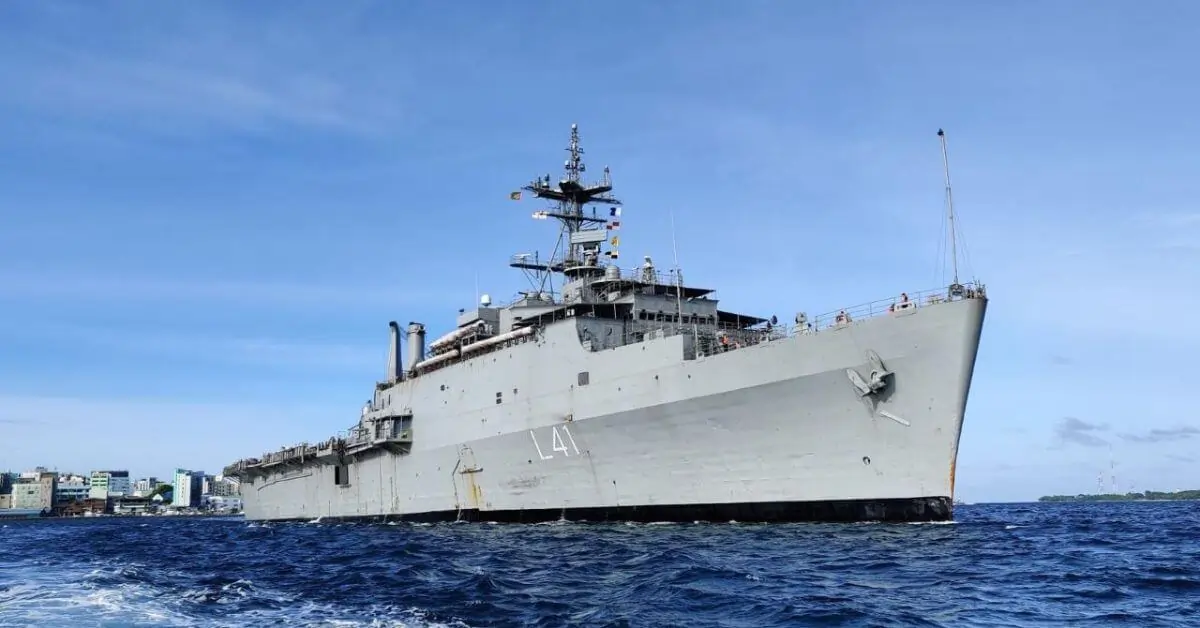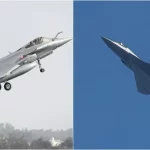India is preparing to roll out one of its most ambitious naval modernisation projects yet, with Mazagon Dock Shipbuilders Limited (MDL) confirming that the Navy is gearing up to initiate a massive next-generation destroyer acquisition programme. Expected to be formalised within the next year, the project is estimated to cost between ₹70,000 and ₹80,000 crore (USD 8–9 billion), making it one of the largest indigenous warship-building efforts in Indian history.
Next-Generation Destroyers: Project-18 on the Horizon
The forthcoming class—likely designated Project-18 (Next Generation Destroyer – NGD) or a follow-on Project-15C series—will introduce a fleet of cutting-edge, stealth-enhanced destroyers designed for dominance across the Indo-Pacific.
Each vessel is expected to displace around 10,000 tons, placing them among the heaviest and most heavily armed surface combatants ever built in India.
Heavily Armed With Expanded Vertical Launch Systems
The new destroyers will feature a massive vertical launch system (VLS) suite, with the capacity to house 100+ missile cells. These will support:
- BrahMos and future BrahMos-NG supersonic cruise missiles
- Land-attack cruise missiles
- A multi-layered air defence network integrating long-, medium-, and short-range SAMs
- An upgraded version of the LR-SAM/MR-SAM (Barak-8 family) for powerful area defence
Cutting-Edge Sensors and Combat Systems
The vessels will incorporate some of India’s most advanced homegrown technologies, including:
- AESA-based multifunction radars from BEL and LRDE
- Next-gen sonar, EW suites, and soft-kill systems
- A fully networked combat management system supporting cooperative engagement and seamless data fusion with submarines, aircraft, and unmanned systems
These systems collectively position Project-18 as a cornerstone of India’s future maritime superiority.
High-End Propulsion and Stealth Enhancements
The destroyers are expected to be powered by either:
- COGAG (Combined Gas and Gas), or
- IFEP (Integrated Full Electric Propulsion)
Both options offer long-range, high-endurance blue-water performance.
Stealth shaping, radar-absorbent materials, and acoustic suppression will significantly reduce detectability.
Each vessel will operate two multi-role helicopters, strengthening anti-submarine, ISR, and fleet-support roles.
Boost to Domestic Shipbuilding and Industry
For MDL, this programme ensures long-term continuity after the Visakhapatnam-class (Project-15B) success. The project will:
- Deepen collaboration with DRDO and private industry
- Expand opportunities for Tier-1 and Tier-2 Indian suppliers
- Strengthen “Atmanirbhar Bharat” by pushing indigenous warship design and production capabilities
Core of India’s Future Naval Strike Groups
The Navy plans to induct eight next-generation destroyers, which will serve as central assets in future carrier battle groups and expeditionary task forces.
As the older Delhi-class destroyers retire in the next decade, these new vessels will form the backbone of India’s surface warfare and air-defence operations through the 2040s and 2050s.













